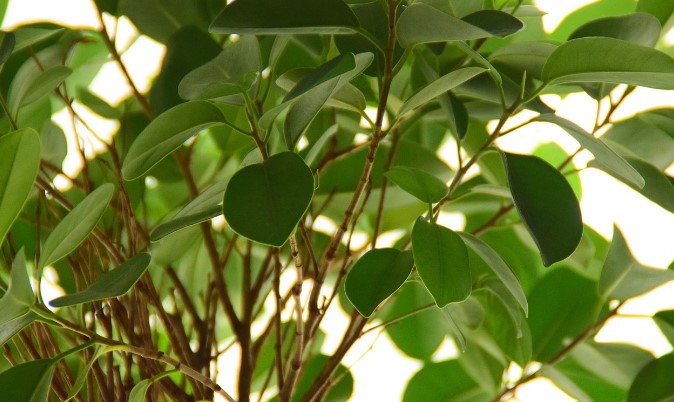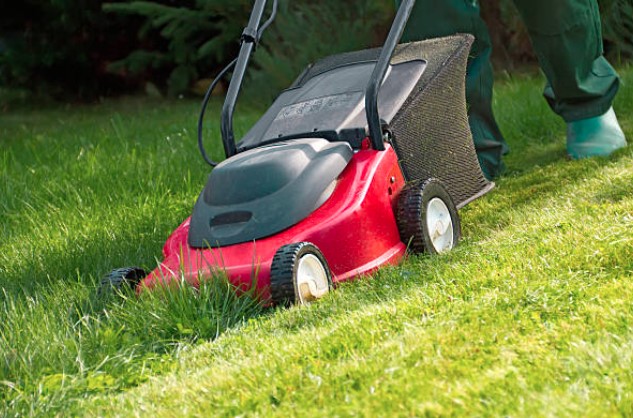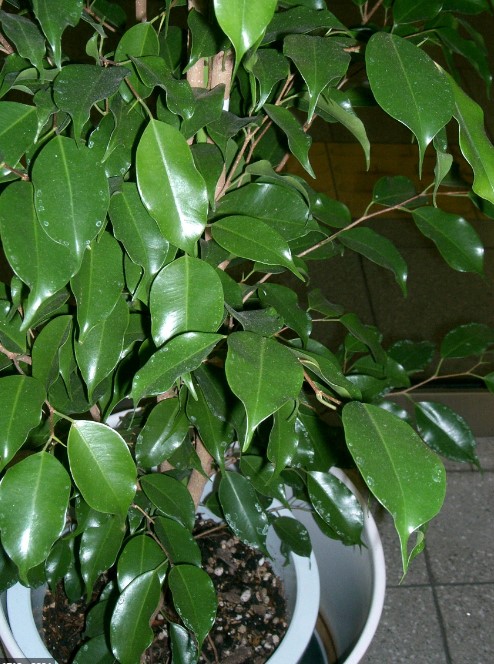Ficus trees are a common plant in the home and office, mainly because they look like a typical tree with a single trunk and a spreading canopy. But for all of their popularity, ficus plants are finicky. However, if you know how to care for a ficus tree, you’ll be better equipped with keeping it healthy and happy in your home for years.
Ficus trees can survive anywhere from 50 to 150 years, so don’t discard one that’s old and wilting just because a parent plant is dying. Ficus trees can accept lower light levels so it is ideal for bringing inside for late afternoon or evening viewing. Ficus trees will often require watering once a month during hot, dry summer months, but they will happily accept less often during milder winters.
Ficus also appreciate a good dose of fertilizer after forest greens have bloomed and finished blooming during winter. Provide your ficus tree with plenty of organic, composted scraps that will feed and protect your tree. Ficus will grow quite robustly and will reach a height of about two feet. Depending on the species, seed balls can also be created from their wood and stems to enjoy as decorative accents.

Ficus trees have thorns, but they’re not aggressive so you can safely pick one of these plants up and move it to where you want it to go. Make sure to remove any existing needles before you add new ones. Ficus trees are disease resistant and tolerant of dandelions, so they’re great for the landscape.
Ficus trees are the bonsai of the plant world, but finches are the birds’ beacons of no-go fruit trees — sadly, they’re a complete no-go for most ficus species as they prefer to forage on the ground. But finches can preen when mature to attract bees to pollinate their flowers. Remove any dead or dying seeds from your ficus tree before they turn brown and turn green with rot.
Other good choices for native fruit trees include hawthorn, dogwood, and knob-orange. Other than these few birds, most ficus varieties don’t need taking care of as they will do just fine without you — they’re fine trees that are great for the backyard!

Read also next article: Have your Garden always Looking Tidy, Starting From Your Lawn
There are many different types of lawn movers on the market, and it can be tough to decide which one is right for you. Here are a few things to keep in mind when shopping for a lawn mower. The size of your lawn: If you have a small yard, you don’t need a huge mower. Conversely, if you have a large lawn, you’ll want a lawnmower that can handle the size.
As with most houseplants, start thinking about pruning your ficus benjamina tree early. Remove all of the dead branches after the first frost, and when growing in water, change out the soil each time you water. Begin to prune ficus trees in spring or early summer before growth becomes too vigorous. Gravel can build up in the base of your tree, limiting its upward spread and making it unlikely your ficus tree will reach its full height.
Ficus trees are often coned-shaped or shaped like cones, which is actually a pretty cool design. To create the coned shape, simply bend the stems outward by pulling one or two of the terminals up rather than from below. Plant the flowers in smaller bunches next to each terminal, though alternate rows of blooms can be arranged if desired.
